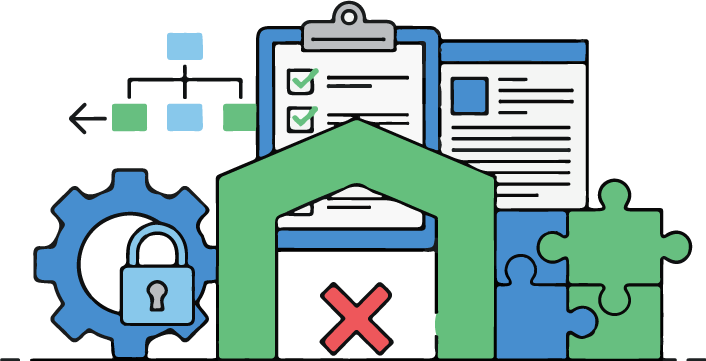Now Reading: Common Stakeholder Management Mistakes and How to Avoid Them
-
01
Common Stakeholder Management Mistakes and How to Avoid Them
Common Stakeholder Management Mistakes and How to Avoid Them
Why Mistakes Happen in Stakeholder Management

Even experienced project managers can stumble when handling stakeholders. With multiple people, varying levels of influence, and conflicting interests, it is easy to overlook important details. Unfortunately, these oversights can lead to missed deadlines, lack of buy-in, or outright project failure.
The good news is that many mistakes are predictable—and avoidable.
Common Stakeholder Management Mistakes
Ignoring Low-Power Stakeholders
It is tempting to focus only on stakeholders with high influence. But those with lower power and high interest, like end-users, can still make or break adoption.
How to avoid: Use a power–interest grid to identify them early and keep them informed.
Failing to Define Clear Accountability
When roles are not clearly documented, tasks fall through the cracks.
How to avoid: Apply a RACI matrix to define who is responsible, accountable, consulted, and informed for each activity.
Overloading Stakeholders with Communication
Some teams send too many updates, while others provide too little. Both can cause frustration.
How to avoid: Build a communication plan with defined methods and frequencies tailored to each stakeholder group.
Neglecting Risk Assessment
Stakeholders may resist change, create bottlenecks, or disengage unexpectedly.
How to avoid: Document potential risks for each stakeholder and plan mitigation strategies before issues arise.
Treating Stakeholder Plans as One-Time Documents
Creating a plan at the start and never revisiting it is a recipe for failure.
How to avoid: Track actions in an engagement log and regularly adjust strategies based on outcomes.
How Structured Tools Help Prevent These Mistakes

- A stakeholder management tool simplifies the entire process by:
- Ensuring all stakeholders are captured in a register.
- Automatically recommending engagement strategies through the power–interest model.
- Providing templates for communication plans and risk tracking.
- Offering built-in RACI matrices for role clarity.
- Allowing easy updates and generating complete reports for transparency.
With structured workflows, the tool turns stakeholder management from a guesswork exercise into a repeatable, reliable process.
Final Thoughts
Stakeholder management mistakes often come from neglecting the basics: communication, accountability, and follow-through. By learning from common pitfalls—and using tools designed to address them—you set your project up for smoother execution and stronger stakeholder relationships.

